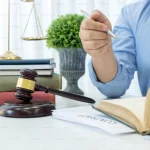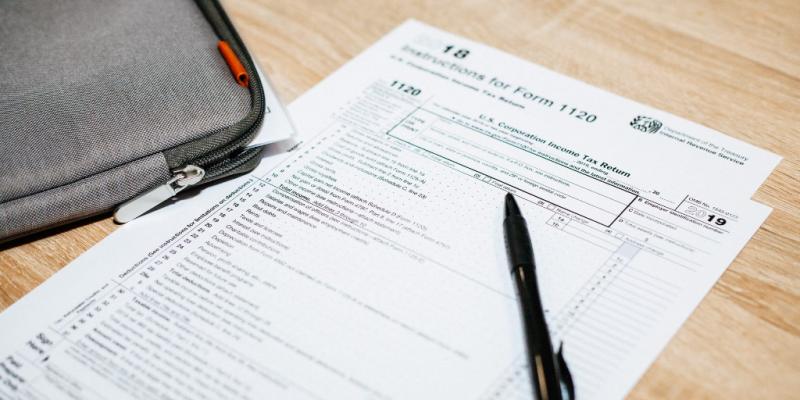How Do Lawyers Handle Cases Where Both Car Drivers Share Fault?
Baltimore, Maryland, is a city full of movement—busy streets, historic neighborhoods, and a constant flow of traffic. But with that comes the risk of accidents, and sometimes, both drivers share the blame. When liability isn’t clear-cut, things can get complicated fast. Maryland follows a contributory negligence rule, meaning if you’re even slightly at fault, you could be barred from recovering compensation. This makes legal representation crucial in disputed cases.
A car accident lawyer from Baltimore will help you navigate these challenges, gathering evidence, negotiating with insurance companies, and ensuring your side of the story is properly presented. Without experienced legal guidance, you risk losing out on compensation for medical bills, lost wages, and other damages. Understanding how fault is determined—and how a lawyer can protect your rights—can make all the difference in the outcome of your case.
A Guide to Comparative Fault
Liability is most often determined by comparative fault rules in most regions. This aspect of the law allows an individual to take a degree of blame compared to all parties involved in the accident. Personal injury lawyers usually use this framework to argue the case on behalf of their clients. From the particulars of the incident, they can determine what level of fault each driver holds, which can directly affect the potential compensation awarded.
Gathering Evidence
The central pillar of your legal strategy in shared-fault cases is evidence collection. Prosecutors painstakingly gather evidence to prepare a case, such as police reports, eyewitness accounts, and surveillance camera footage. In addition, they might hire accident reconstruction experts who can help them understand the events that led to the crash. This integrated method allows attorneys to explain the dynamics of the accident step by step, which helps in establishing the appropriate liability.
Negotiating Settlements
A negotiation is usually the next step after the evidence is compiled. The attorneys work to negotiate an amicable settlement that considers both parties' faults. They negotiate with insurance adjusters by laying out the evidence they gathered to make their case. Using persuasive negotiation techniques, they strive to achieve a settlement in which victims are compensated appropriately. This is always a good idea because it can prevent a lot of time and money spent in court.
Courtroom Litigation
When they cannot negotiate, they must then take their issues to court. An attorney's job is to prepare the case in front of a judge or jury and present the argument that both drivers share responsibility. Collecting evidence and expert testimonies to present a strong argument by your side. The lawyers then, during the trial, try to show that both drivers played some role in causing the accident and then ask the judge to rule that each party is proportionate of the blame.
Calculating Damages
In cases where both parties are at fault, the process of determining damages is a little more complicated. Lawyers, for the most part, offer a range of elements, equivalent to medical costs, injury to property, and lost wages. The portion of comparative fault directly affects the amount of compensation. So, if a driver is 40% at fault, they will get 60% of the total damages. Attorneys carefully compute these numbers so their clients only receive the adequate payout due to them based on their fault % available to be found by the law.
Legal Strategies for Defense
Defense tactics frequently include showing how much more at fault the other party is than the defendant. When conflicting information is presented by one side or the other, lawyers will be able to challenge specific pieces of evidence where there is limited or conflicting information to support either side. They try to minimize the liability of their client by discrediting the allegations made by the other party. This method works wonders, creating an extent of fault in favor of their client.
To the Insurance Companies
Dealings with insurance companies need to be handled with kid gloves. Experienced lawyers talk to insurance agents, arguing for an appropriate determination of the shared blame. They are familiar with the web of insurance policies, and they make sure their clients get the compensation they are eligible for. This continuous communication allows lawyers to conduct a more streamlined claims process to help their clients.
Conclusion
Dealing with instances in which both vehicle operators are responsible necessitates a multifaceted approach. As such, attorneys use various techniques to represent their clients, from studying comparative fault laws to negotiating settlements and preparing for litigation waves.
They work hard to attain just results in these particularly difficult cases through diligent fact-finding, deft negotiation, and solid representation in court. Legal professionals make sure that their clients receive the compensation they need and deserve with their skills in such an ambiguous situation of accidents due to shared blame.
More to Read:
Previous Posts:







